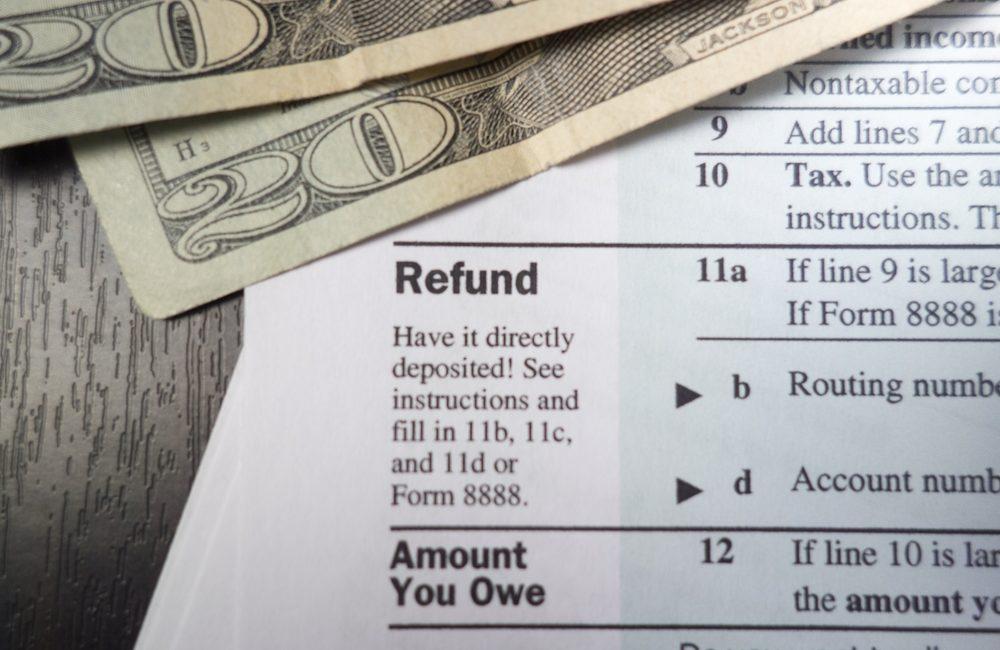Everyone knows what taxes are, mainly because we’re used to seeing them come automatically out of any payments we make and out of our paychecks. But not everyone gets a tax refund, and many might not know what that means.
First, what is a tax refund? It’s when you get money back after you’ve paid too much on your taxes from your paycheck or for your quarterly or annual taxes. It’s easy to think of money back from your taxes as a positive or a surprise payment, but paying taxes is like taking out a loan that has no interest on it.
Getting a tax refund almost always means that you overpaid your taxes by too much money, but here are some more specific reasons you might see a tax refund appear in your bank account or via a check in the mail:
- The taxpayer made an error when filling out a W4 for a job, which estimates how much taxes you want taken out of your paycheck.
- The taxpayer didn’t update their form to reflect changes, such as a new dependent (like a child or spouse), which would allow for an additional credit allowance.
- The taxpayer was eligible for a refundable tax credit, which would reduce the overall amount that was owed. But more of these tax credits are not refundable to the taxpayer, so keep that in mind.
- Freelance taxpayers or those who are self-employed may choose to overpay when they file their quarterly taxes throughout the year because documenting all deductible expenses can be quite time-consuming.
While most of the tax credits are not refundable, as stated in the third bullet point, there are a few that are that you’ll want to keep in mind to see if it will benefit you in the long run:
- A child tax credit: This means that you can see a maximum refund of $2,000, with up to $1,400 that will be refundable to the taxpayer if you have a child to add as a dependent.
- An earned income tax credit: For moderate and low-income taxpayers, you might be eligible for this refund credit.
- An American opportunity tax credit: This credit is for taxpayers to offset the cost of higher education if you have that to add onto your financial portfolio.
Within a few weeks of applying for a tax credit, you should receive a refund in the form of a direct deposit, savings bond or a personal check sent to your address.
While it’s certainly a good thing to get money back once a year, it isn’t the sort of thing that you want to start relying on year after year. Also, if you get these annual refunds, you might get penalized by the IRS because it will raise a red flag with them that you don’t have the correct withholding amount on your forms. Essentially you do not want to upset the IRS when it comes to filing taxes because the fall out will be a lot more time consuming and costly for you in the long run.






